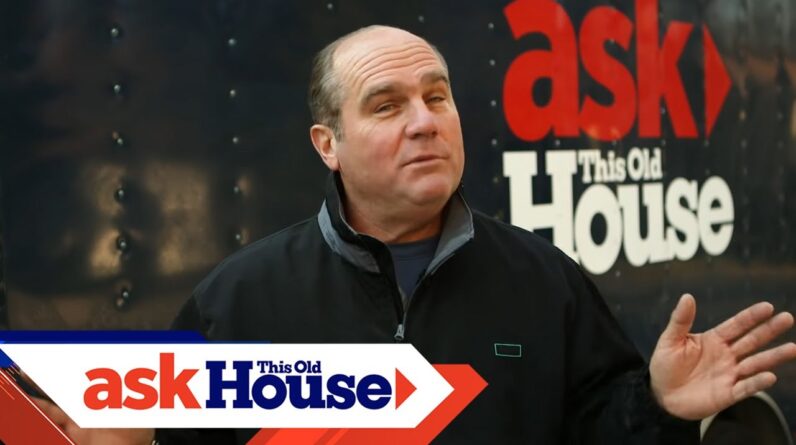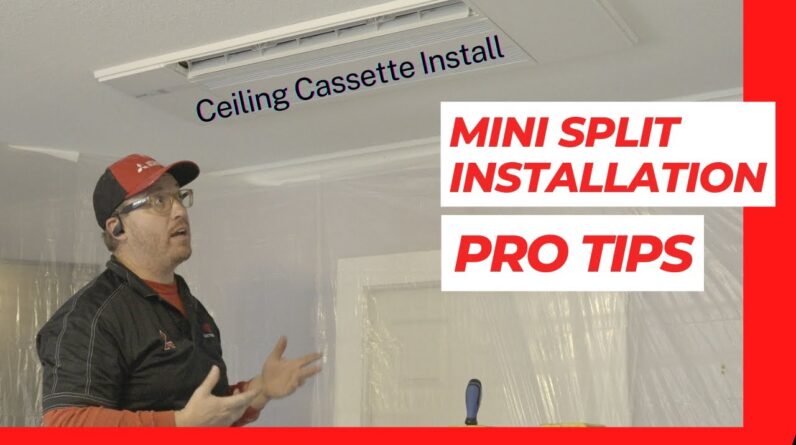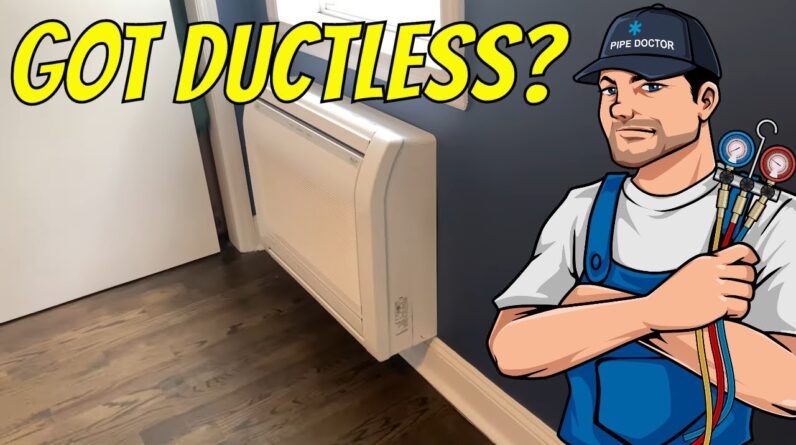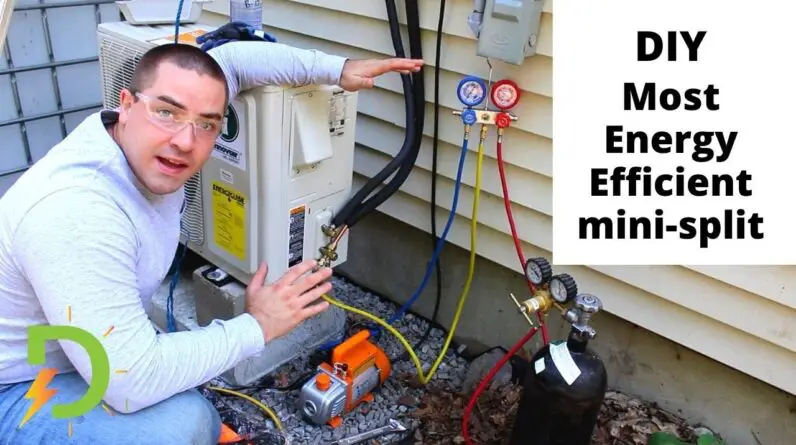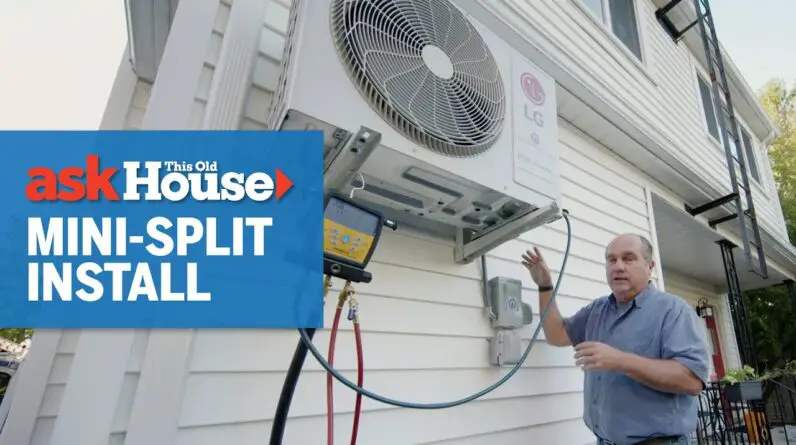Installing a 110 Mini Split in a Gaming Studio Room
Welcome to this comprehensive guide on how to install a 110 Mini Split in a gaming studio room. This mini split unit is unique in that it is not hardwired and can be plugged directly into a wall outlet, eliminating the need for an electrician. In this two-part series, we will cover everything from mounting the indoor unit to connecting the copper pipes and electrical wiring. Let’s dive in!
Mounting the Indoor Unit
Last week, we had installed track lighting in the gaming room, which can be seen in our previous video. We had planned to mount the mini split onto the same wall, so we started by removing the light and bracket from that area. After taking measurements, we located the studs in the wall to ensure that we had at least a couple of sturdy points to tie the bracket into. The indoor unit is not particularly heavy, weighing between 10-15 pounds, which made it easy to handle and maneuver.
Ensuring Proper Clearance and Drainage
When mounting the unit, it is vital to provide proper clearance and drainage. We decided on a side discharge, which required cutting a hole to the left for the copper pipes, power source, and drain. As with window air conditioners, it is essential to ensure that the drainage is going out and not coming back into the room. Therefore, the unit must have a slight pitch towards the wall where the hole will be drilled for the pipes and electrical line.
Preparing the Indoor Unit
After unpacking the indoor unit and removing the shrink wrap, we found that during transit, a screw held the bracket in place. There was also a click mechanism to secure the bracket. We disconnected the electrical connections on the inside unit and labeled them for easy re-installation later. This helped make it almost idiot-proof and facilitated easy attachment. It is essential to use a magnetic Phillips screwdriver and not overtighten the screws since the indoor unit is made of plastic and prone to damage if over-torqued.
Handling Electrical Connections
The service electrical wire on the 110 mini split is not very long, so if the plug is far away or you want to avoid a visible swag on the wall, you might need a heavy-duty extension cord. In our case, we used a three-foot extension cord to plug the unit into the wall. Always ensure that you use the appropriate extension cord for your voltage and amperage requirements.
Feeding the Copper Pipes and Electrical Wiring
To feed the copper pipes and electrical wiring through the wall, we used a three-inch hole saw to create an opening. The copper pipes came coiled, so we straightened them out carefully and fed one end through the hole while uncoiling the rest of the pipe. We then applied Blue Nylog to the male and female threaded connections, ensuring that the connections were not overtightened. It is essential to be cautious when handling copper pipes and avoid creating hard bends that could result in kinks.
Connecting the Indoor Unit to the Outdoor Unit
Next, we connected the indoor unit to the outdoor unit using the labeled electrical connections we created earlier. This process was made more manageable by using blue painter’s tape and Sharpie markers to ensure we did not mix up the connections. We then connected the copper pipes to the outdoor unit, ensuring proper use of the Nylog Blue and avoiding overtightening.
Conclusion
In this first episode of our two-part series on installing a 110 Mini Split in a gaming studio room, we covered mounting the indoor unit, preparing it for connection, and feeding the copper pipes and electrical wiring through the wall. In the next episode, we will discuss vacuuming the system down and performing a test run. We hope you found this guide helpful and wish you the best of luck with your own mini split installation.

